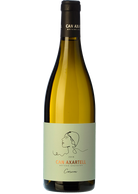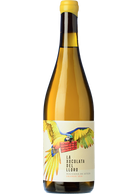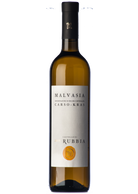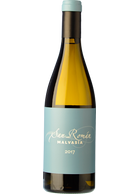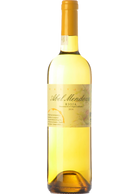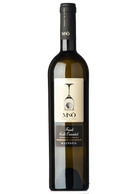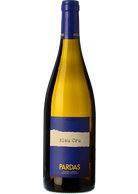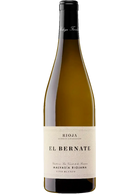Malvasia
The name "malvasia" corresponds to a complex and differentiated family of vines. On the whole, the origin of this family can be attributed to Greece, also judging by the name, which apparently derives from the Greek toponym Monemvasia, a city in the Peloponnese. The arrival of Malvasia in Italy dates back to around 1200, through the trade of the Republic of Venice. Malvasia can be found in Triveneto (the most famous is malvasia istriana), and then in Emilia, with malvasia di Candia, in Tuscany, with malvasia bianca lunga and malvasia del Chianti, in Lazio, with malvasia puntinata, and then in Puglia, Sicily (malvasia delle Lipari) and Sardinia, to mention only the most recurrent. The common denominator of malvasia is its aromaticity, although not all of them, just like the muscats, have the same aromatic intensity. There is one aromatic and one non-aromatic biotype of malvasia di Candia itself. Also, like the muscats and the vernacces, there are also malvasia nere, with a low aromaticity, widespread in Piedmont as well as in Puglia and Salento. It is not always easy to attribute a malvasia present in a blend to a specific biotype. Generally speaking, malvasia gives white wines of contained structure, moderate alcohol and pleasant aromaticity. Whites which are usually light and drunk as an aperitif, as a single blend or blend with other grapes, and are usually more neutral and fresher, territorial. Sometimes sparkling, locally it is also suited for drying, as demonstrated by the very small number of cases of Colli Piacentini, Chianti for vinsanto and that from the Aeolian Islands. It has longevity and complexity, especially in the more noble types, such as the aromatic Malvasia di Candia and the Malvasia puntinata del Lazio.


Tajinaste Paisaje de las Islas Malvasía 2021 (0.37 L)
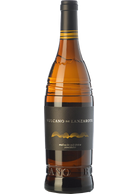

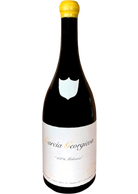
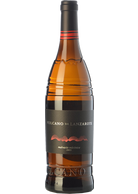


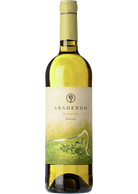
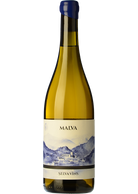
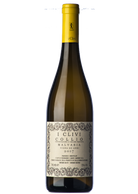
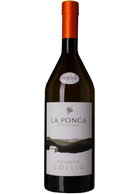

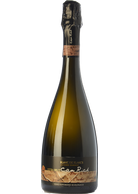
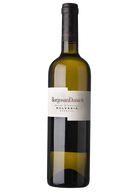
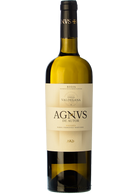
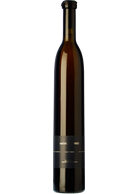
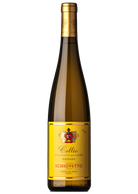
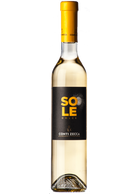
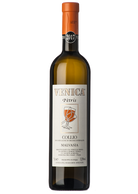
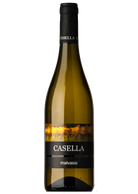
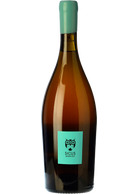
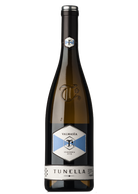
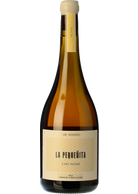
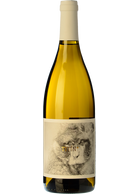
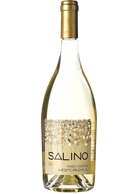
Malvasia
The name "malvasia" corresponds to a complex and differentiated family of vines. On the whole, the origin of this family can be attributed to Greece, also judging by the name, which apparently derives from the Greek toponym Monemvasia, a city in the Peloponnese. The arrival of Malvasia in Italy dates back to around 1200, through the trade of the Republic of Venice. Malvasia can be found in Triveneto (the most famous is malvasia istriana), and then in Emilia, with malvasia di Candia, in Tuscany, with malvasia bianca lunga and malvasia del Chianti, in Lazio, with malvasia puntinata, and then in Puglia, Sicily (malvasia delle Lipari) and Sardinia, to mention only the most recurrent. The common denominator of malvasia is its aromaticity, although not all of them, just like the muscats, have the same aromatic intensity. There is one aromatic and one non-aromatic biotype of malvasia di Candia itself. Also, like the muscats and the vernacces, there are also malvasia nere, with a low aromaticity, widespread in Piedmont as well as in Puglia and Salento. It is not always easy to attribute a malvasia present in a blend to a specific biotype. Generally speaking, malvasia gives white wines of contained structure, moderate alcohol and pleasant aromaticity. Whites which are usually light and drunk as an aperitif, as a single blend or blend with other grapes, and are usually more neutral and fresher, territorial. Sometimes sparkling, locally it is also suited for drying, as demonstrated by the very small number of cases of Colli Piacentini, Chianti for vinsanto and that from the Aeolian Islands. It has longevity and complexity, especially in the more noble types, such as the aromatic Malvasia di Candia and the Malvasia puntinata del Lazio.



